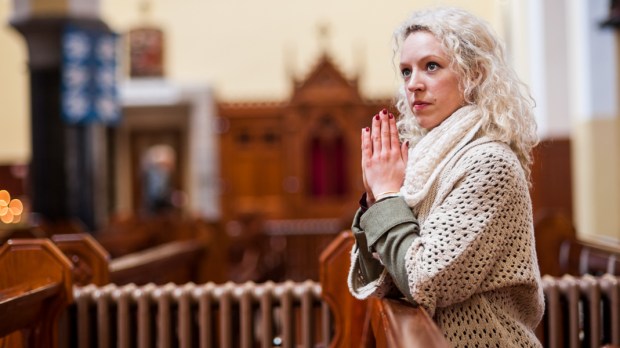Lenten Campaign 2025
This content is free of charge, as are all our articles.
Support us with a donation that is tax-deductible and enable us to continue to reach millions of readers.
When we pray on our knees, the body prostrates itself and the heart surrenders itself.
This attitude of prayer, particularly appropriate in this time of Lent, expresses submission to God, obedience to his will, adoration, humility and penance. It reflects an attitude of faith, par excellence.
How much the saints have been taught on their knees before the Blessed Sacrament!
To pray on our knees is to communicate an attitude. As with any bodily gesture or posture, the act of kneeling before God says something. The body communicates a message.
To place ourselves on our knees is to “speak” adoration and penance, which requires a certain humility. Humility is a fundamental attitude for prayer; in humility we accept our condition as creatures, placing ourselves before him, awaiting him, aware of our complete dependence upon him for our very existence.
This attitude makes us more free, because it situates us in the truth of our human finiteness.
We recognize that God is everything for us and that without his merciful love, we are, literally, nothing.
To be on our knees, near the floor, somehow nourishes this attitude of humility (humus) and of interior stillness, so essential for adoration.
Adoration, proskynein in Greek, calls for a posture of kneeling and prostrating oneself. To bend our knees before God is to recognize humbly that everything comes from him.
It communicates the prayer of the Prophet Daniel (6:11): “Even after Daniel heard that this law [against praying to God] had been signed, he continued his custom of going home to kneel in prayer and give thanks to his God in the upper chamber three times a day, with the windows open toward Jerusalem.”

